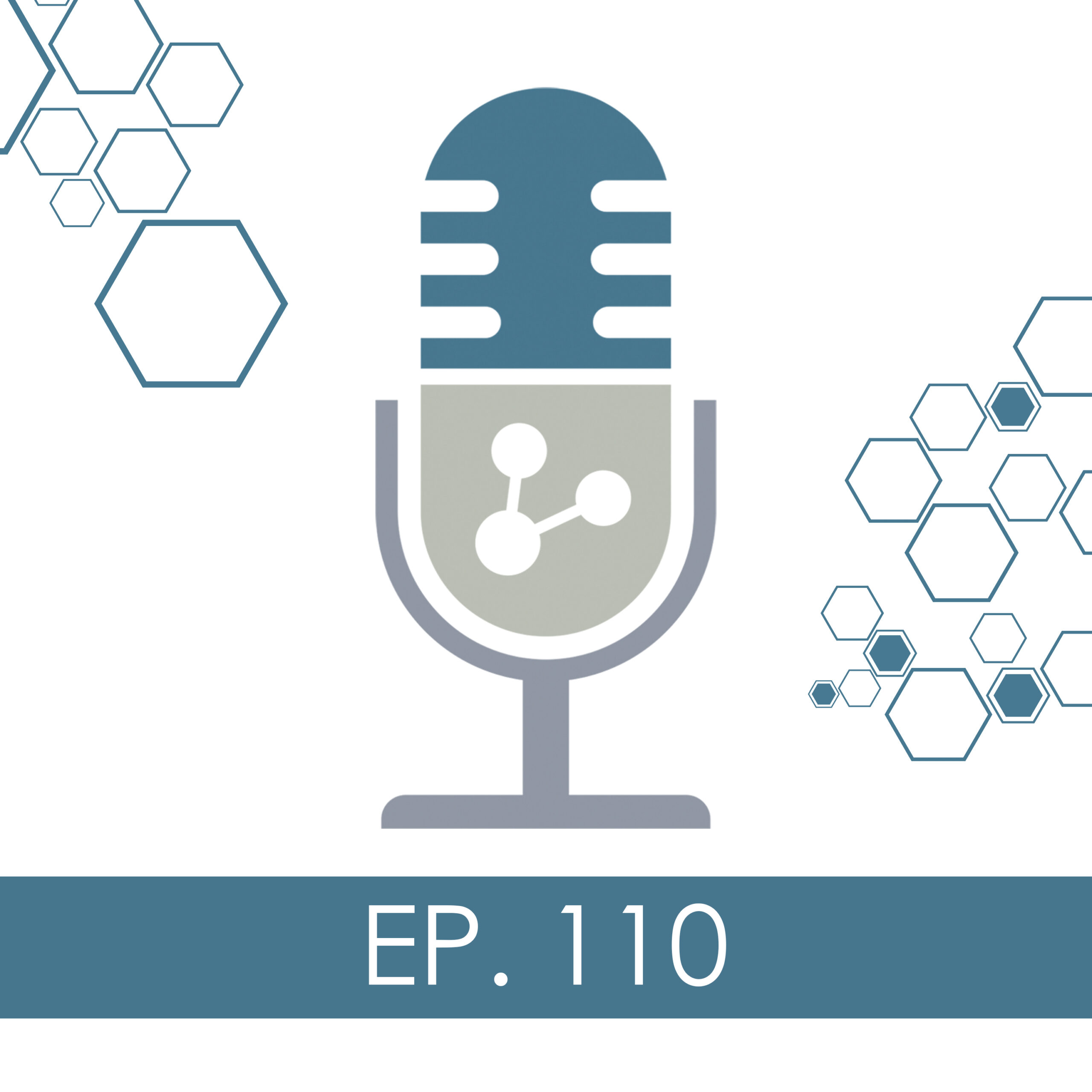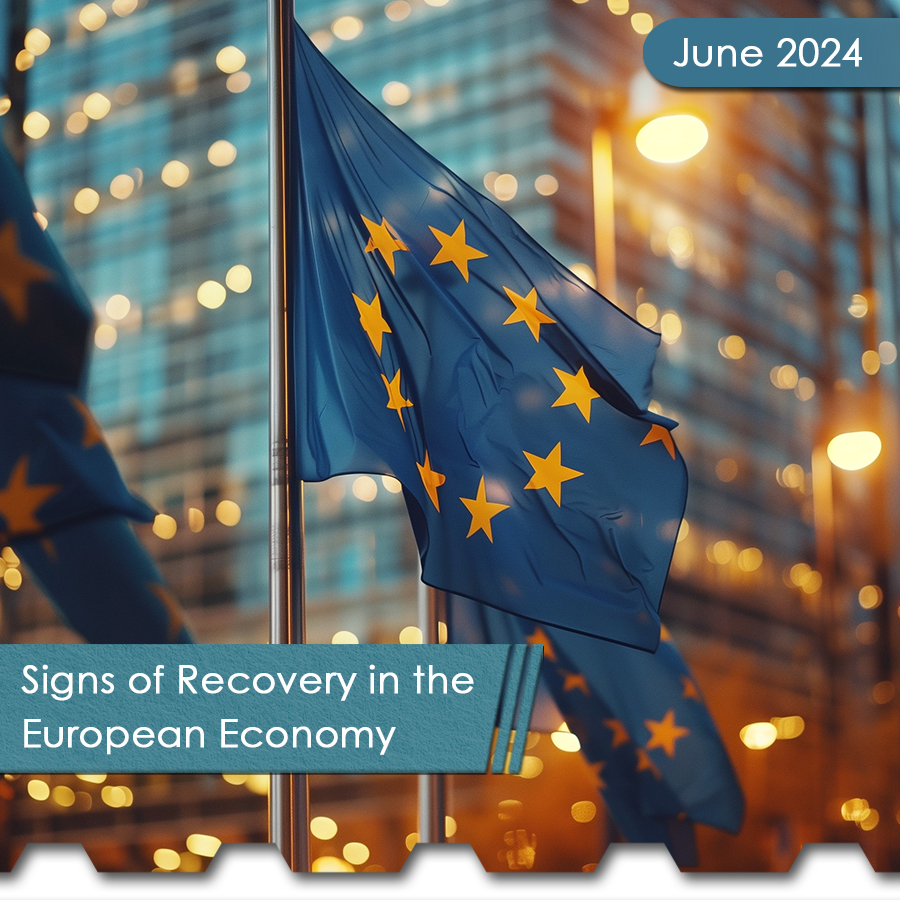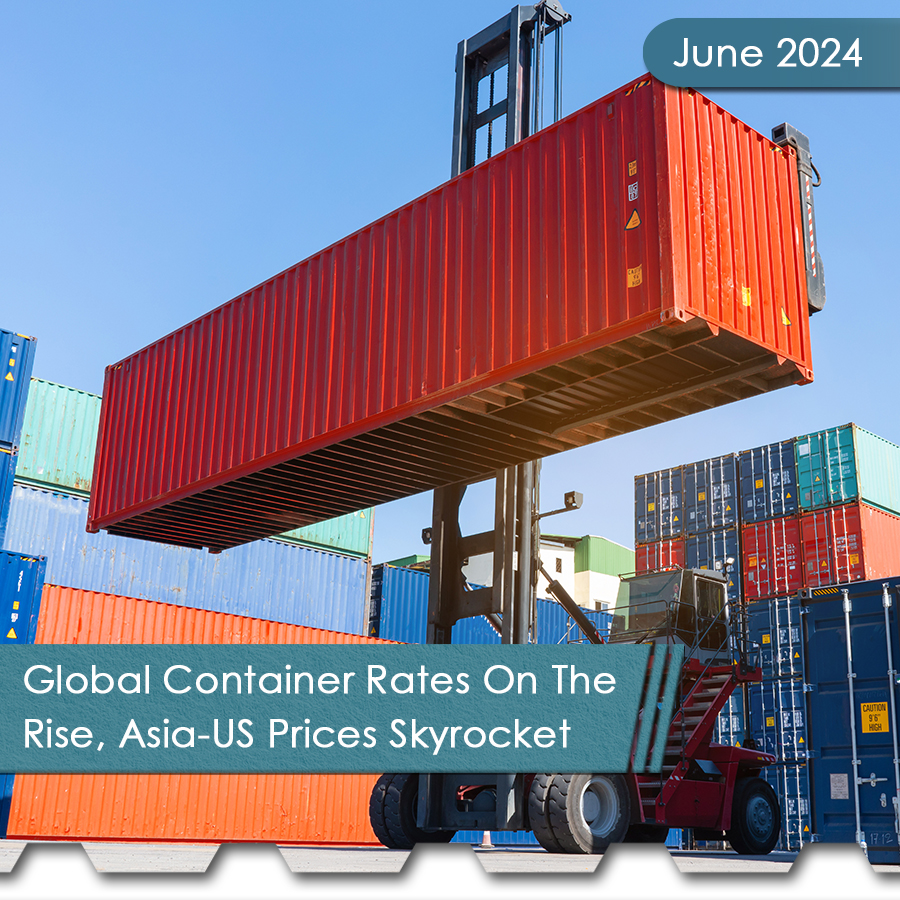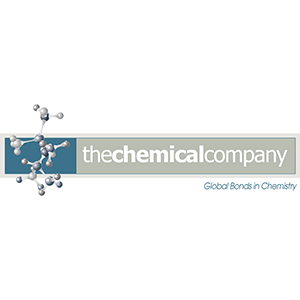By Al Greenwood
HOUSTON (ICIS)–Given their outlooks for growth in demand and in feedstocks, Mexico or Argentina will likely be the first to build Latin America’s next big polyolefins project.
Mexico’s polyolefins market is likely to be boosted from the start-up of Ethylene XXI, which should encourage processors to expand capacity, said Eduardo de la Tijera Coeto, general director of Grupo Texne, a Mexico-based plastics consultancy.
Ethylene XXI, which Braskem Idesa should start up later this year, will add 750,000 tonnes/year of high density polyethylene (HDPE) and 300,000 tonnes/year of low density PE (LDPE). Even with the project, Mexico will still have a large deficit of PE.
In addition, Mexico’s economy is still growing, albeit at moderate rates. Economists in the country expect GDP to expand by 2.31% this year, 2.83% in 2016 and 3.30% in 2017.
Inflation stands at 40-year lows, and it should remain near the central bank’s target of 3% for several years.
In all, de la Tijera expects Mexican PE consumption to grow by 4-6%/year.
By contrast, Brazilian demand for resins is falling, with Braskem’s third-quarter sales dropping by nearly 8% year on year for PE, polypropylene (PP) and polyvinyl chloride (PVC).
Fabian Gil, Latin America commercial vice president for Dow Performance Plastics, noted that hygiene and medical was hurt by the nation’s slowdown, while infrastructure and construction fell below the company’s expectations.
Brazil’s outlook continues to worsen, with economists expecting GDP to contract by 3.10% this year and by 1.90% in 2016.
Despite interest rates standing at 14.25%, inflation should reach an average of nearly 10% this year and 6.50% next year.
In Argentina, inflation is running even higher – above 20% – but GDP is expected to grow slightly this year before declining by 0.7% in 2016.
Nonetheless, PE demand is increasing in the country, Gil said, and Dow is expanding and modernising its plants in Bahia Blanca.
With two of Latin America’s three largest economies seeing rising demand for polyolefins, one of them could become the home of the next big petrochemical project in the region.
Jorge Buhler-Vidal, director of Polyolefins Consulting, said Argentina could see a new complex in 2022 if it can secure feedstock.
For years, government policy has discouraged energy production in Argentina, turning the country from a gas exporter to an importer.
The two candidates in Argentina’s upcoming presidential election have acknowledged the need to change the country’s policies. The question is whether the next candidate can successfully implement these changes.
Currently, a dispute with creditors has locked Argentina out of foreign debt markets. This has made it difficult for the country to replenish its reserves of US dollars.
As a result, Argentina has adopted import controls and a restrictive foreign-exchange regime. While these have helped preserve foreign reserves, they have also discouraged foreign companies from developing the country’s natural gas.
In addition, energy subsidies and price caps on gas have discouraged investments among foreign and domestic producers. Whoever wins the next election will need to remove some of the popular energy subsidies and prices caps; reach some kind of accommodation with the creditors; lift the import controls; and remove the foreign-exchange controls without causing a rapid depreciation of the Argentine peso.
If the next president is successful, then the country could attract the money needed to increase gas production and provide the feedstock for a new complex.
Gil acknowledged that much more investment will be needed to reach the levels of ethane production necessary to support another cracker in Bahia Blanca.
Mexico, on the other hand, will need years to replenish its supplies of ethane, since Ethylene XXI will consume most of its surplus of the feedstock.
De la Tijera said by 2024, Mexico could have enough ethane to support another cracker.
If Mexico relies on imports of liquefied petroleum gas (LPG) for feedstock, then it could have enough raw materials for a new cracker some time after 2020, he said.
Whichever route Mexico chooses, it will likely have the demand to justify another cracker and downstream PE complex, given its current deficit of the resin.
Unlike the rest of Latin America, Mexico also has a sizable deficit of PP, which de la Tijera puts at about 900,000 tonnes/year.
If Mexico were to expand PP capacity, the most immediate feedstock source would be imports of refinery-grade propylene (RGP), de la Tijera said. These imports could then be purified to provide feedstock for a PP expansion.
Another option is propane imports for a propane dehydrogenation (PDH) plant, he said.
Looking ahead, Mexico could also increase propane production to support such a unit. Last year, Alpek had discussed such an option for a 400,000-500,000 tonne/year on-purpose propylene plant. At the time, Alpek said it was also considering methane-to-propylene technology as well as PDH.
Mexico could also obtain additional propylene by cracking imported LPG, de la Tijera said. The country would not have sufficient imports for such a project until after 2020.
Brazil, which once was considering a massive petrochemical complex in Rio de Janeiro state, is now pursuing a much more modest expansion at its gas cracker in Duque de Caxias. The project would double the cracker’s current capacity of 540,000 tonnes/year.
The project represents the most concrete opportunity to expand PE capacity. However, before Braskem can proceed, it needs to secure feedstock ethane from Petrobras.
With that, the company will not make a final investment decision any time soon. If Braskem does proceed, the project would come on line 36 months from the start of construction.
In Bolivia, state producer YPFB has spent the past several years evaluating plans to build the country’s first PE and PP plants.
The PP plant would be integrated with a PDH unit that could start up in 2021, if YPFB decides to pursue the project.
For the integrated PE complex, the last estimates put the start-up at 2022.
In Peru, studies have begun to evaluate the feasibility of a petrochemical plant. No dates were given when an investment decision would be reached or when construction could start.
Additional reporting by Simon West
Original Article From ICIS Available Here






